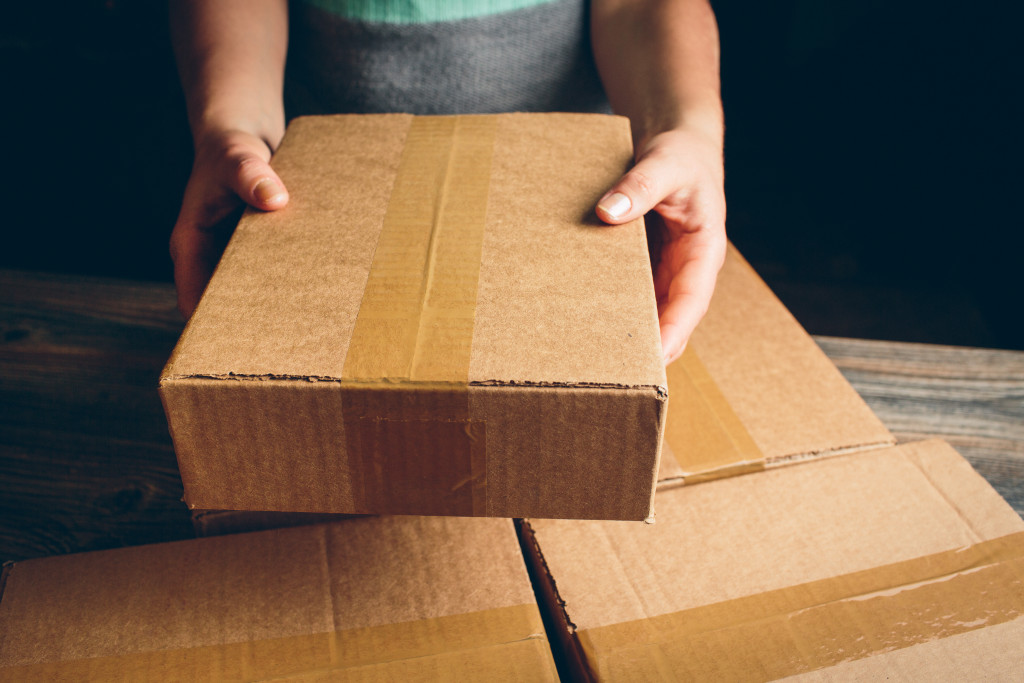For more than a decade, brand owners have placed a high emphasis on environmentally friendly packaging. As the year 2021 comes to a close, we’ll witness more and more activities that cater to customers’ needs for environmentally conscious companies.
As customers become more environmentally conscious, business owners are becoming more committed to using sustainable packaging. Seventy-four percent of customers said they’d be ready to pay more for goods packaged in environmentally friendly materials. People care more about recyclable packaging because it allows them to have a positive impact on the environment.
Recycling, on the other hand, is a failing industry in many places. As a result, companies may be forced to use more environmentally friendly packaging. Here are some packaging trends that focus on sustainability:
Refilling
Containers that can be filled up again help with Zero Waste efforts. It works based on a simple principle: Customers bring their empty refillable containers to the shop, and the staff fills them with goods (see image above). This is a standard method to get cleaning and personal care goods. Sustain LA’s owner, Leslie Campbell, describes her zero-waste goal as follows: “There are numerous facets to Zero Waste. The primary issue is: What will we do with all of this garbage? What are the best ways to save money and resources? What can we do to help the planet’s natural processes return?
Recycling plastic may help, but only around 9% of it is recycled. Transport and production expenses are reduced by using refillable containers; however, the effectiveness of this system depends on many variables. This may include the general public’s acceptability, extra supply chain costs, and the availability of vast quantities of containers.
Refilling the Bulk Dispenser
Bulk dispenser refilling is a packaging trend for the wholesaler-to-retailer market comparable to bulk purchasing in refillable containers from retailers to consumers. Wholesalers ask merchants to bring a container and fill it up with their products before leaving. Along with refillable containers, the movement reaches more efficient packaging equipment like an industrial die cutting machine. The United States, Canada, Europe, Indonesia, Brazil, and South Africa are all seeing an increase in this tendency.
Currently, only a small number of wholesalers and goods are using the idea. Customers may get various dry goods, including cereals, portions of pasta, and nuts from supermarkets like Asda and Waitrose, but these items must be refilled since they come in bulk dispensers. In addition to general shops and smaller supermarket chains, this trend is quickly spreading due to its positive impact on the environment. To promote its use in low-income regions, Chilean consumer brand Algramo offers bulk goods at a discount price.
Return or Reuse Packaging

When it comes to the business-to-business sector, returnable/reusable packaging is nothing new. Recycling is nothing new for manufacturers; they’ve been doing it for a long time. Returnable containers and cutlery are now again popular among businesses looking to minimize their environmental effect.
Pioneers include the UK’s CupClub, Australia’s Globelet, Germany’s recap, and Indonesia’s CupKita. However, this fad is confined to alcoholic beverages in the form of cocktails: Fresh Bowl (US) serves a fresh salad in a glass container. After that, the container may be returned to the kiosk where it originally came from. Oshkosh Corp., a major distributor of industrial goods, has also embraced the idea and now utilizes returnable packaging as an example. Software for managing assets throughout the supply chain is also available for returnable packaging.
The business-to-consumer sector will also be embracing the idea of reusable packaging by 2021. Companies including Nestlé, P&G, Pepsico, and Unilever have adopted the trend by sponsoring the TerraCycle creator and CEO Tom Szaky’s Loop circular economy shopping platform. “Consumers get their favorite goods in environmentally friendly packaging that is also suitable for transportation. They utilize it, then recycle it,” Szaky told CNN. “Asking customers to switch from plastic containers, which are handier, was difficult. The Nestlé program was the first to include a company other than Nestlé.
In addition to other strong trends1, sustainability is driving substantial improvements in consumer packaging due to regulatory and societal concerns over single-use packaging wastes. Regulators are addressing the problem, and FMCG firms and retailers are taking proactive steps to enhance the sustainability of their packaging and fundamentally rethink their packaging systems. FMCG companies and retailers are making big promises.
Packaging converters and their value chain will be severely impacted, and many in the sector may be forced to fold as a result. However, the new environment may provide substantial growth and new collaboration possibilities for package converters with the appropriate focus and innovation skills to assist clients in updating their packaging portfolios. Converters will have to take sustainability problems more seriously in the future as customer expectations and regulatory requirements grow in number and complexity.

